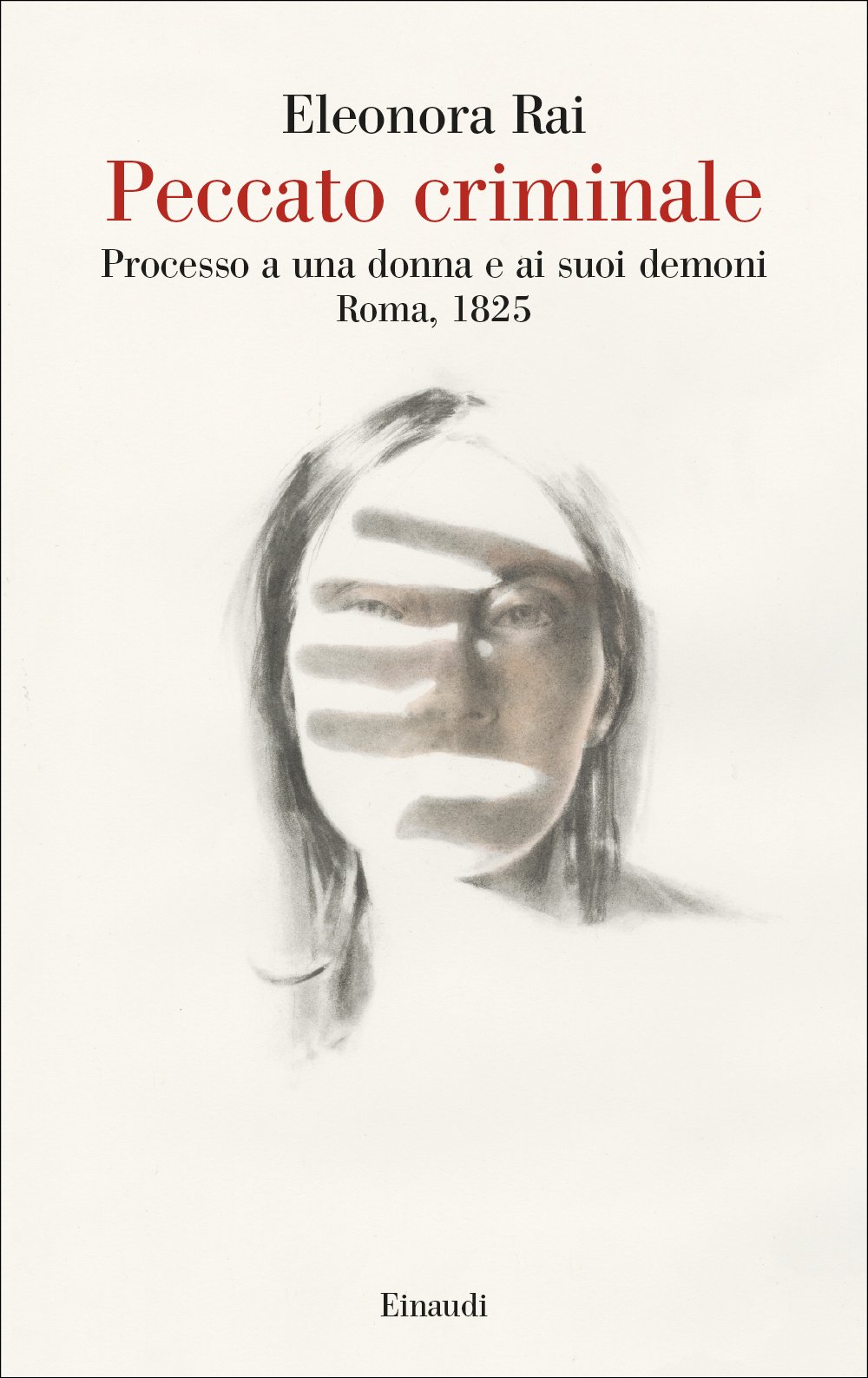


Reviewer Elisa Frei
CitationEleonora Rai is a researcher at the University of Turin, where she investigates the cultural and religious history of the early modern period. She has already published several historical essays aimed at a specialized audience, including La Santa Parola. Le veggenti di Pusiano e i loro seguaci (Milan, Biblioteca Francescana, 2013) and Profiling Saints. Images of Modern Sanctity in a Global World (Göttingen, Vandenhoeck & Ruprecht, 2023). This is her first foray into writing a book intended not only for researchers but also for those interested in the fascinating stories found in historical archives (in this case, Italian ones). The collaboration with one of the most prestigious and highly reputable publishers in Italy offers the perfect opportunity for her work to gain recognition beyond the narrow confines of academia.
Peccato criminale. Processo di una donna e dei suoi demoni (translatable as Criminal Sin. Trial of a Woman and Her Demons) tells the remarkable story of Maria Agnese del Santo Bambino, abbess of the Montecastrilli monastery, located in current central Italy. In 1825, the woman was arrested on charges of feigning sainthood, violating the Sixth Commandment («Thou shalt not commit adultery»), soliciting in the confessional (the act of a clergy member, such as a priest, making inappropriate or immoral requests, often of a sexual nature, to someone confessing their sins, in this case nuns), and murder. At first glance, these accusations may seem unusual for a nun heading a respected monastery, especially in the deeply Catholic peninsula during the late eighteenth and early nineteenth centuries. However, they are deeply rooted in the true events of Maria Agnese’s life. Rai presents this story in a highly engaging manner, with unexpected twists and morally complex characters, rendering it not only a historical narrative but a thrilling read – much like a novel – yet firmly grounded in historical fact, supported by meticulous archival research.
The book is structured into three “acts,” each containing three-four chapters, as well as a Prologue, an Epilogue, and an Afterword. The Prologue serves as both a historiographical manifesto and an autobiographical reflection, offering the author’s perspective on the process of researching and narrating this story in particular, and history in general.
The first act, «La carne e l’inferno» (Flesh and Hell), delves into the topical issue of abuses, misconducts, and conscience within religious institutions – issues that remain highly relevant today. Right from the beginning, it is clear that the narrator is not a dispassionate or neutral voice, but an active, engaged historian. Rai’s personal involvement with the sources – hours spent in archives and coming face to face with the disturbing revelations they uncover – shapes her interpretation and infuses the narrative with a sense of emotional depth. The chapters deftly blend historical analysis with reflections on the historian’s craft, humanizing a profession that is often seen as distant from the lived experiences of ordinary people. Maria Agnese’s arrest was not an isolated event, as she had been complicit in illicit actions alongside her confessor, Ambrogio Mignanti della Tolfa. Their years of collaboration in these misdeeds form the core of the story.
The second act, «Sotto accusa» (Under Accusation), presents the various charges against Maria Agnese, which include the simulation of sanctity (where an individual pretends to be holy or saintly for personal gain), engaging in inappropriate sexual behavior (including enticing and encouraging others, often within the context of religious authority and abuse), and even the more serious charge of murder. Rai’s exploration of these accusations brings to light the moral complexities of the case, providing an in-depth understanding of the charges and their implications.
The third act, «La sentenza, il trauma e la paura» (The Judgment, Trauma, and Fear), focuses on the aftermath of Maria Agnese’s sentencing in 1835. She was condemned to life imprisonment, prohibited from wearing the black veil, and denied communion until signs of repentance emerged. Rai meticulously explores the chaos and instability that followed the absence of the abbess, highlighting the continued turmoil within the monastery, where other suspicious deaths and poisonings occurred, underscoring the larger sense of disorder left by such a story and personality.
The Epilogue provides a thought-provoking comparison between the historian’s task and the view through a kaleidoscope, where different perspectives and sources form a complex and ever-shifting portrait of the figures involved. Rai acknowledges that despite her exhaustive research, Maria Agnese’s life remains shrouded in mystery, with even her death remaining unrecorded in the historical record. The Epilogue, however, ensures that the story of Maria Agnese will endure, providing readers with a lasting remembrance of a woman whose life remains for many aspects an enigma.
The Afterword reflects on broader themes of sanctity, sexuality, and obedience within the early modern Catholic Church. It is the most scholarly section of the book, offering insightful commentary on the complexities of sainthood and simulated sanctity. Rai draws connections between the historical events surrounding Maria Agnese and the long-standing issues of abuse and scandal in monastic environments, which continue to resonate today.
The book concludes with detailed but accessible notes, which maintain academic rigor while ensuring that the text remains comprehensible to general readers interested in the historical narrative rather than the finer points of archival research.
Peccato criminale is a remarkable achievement in historiography, offering a detailed and nuanced exploration of a fascinating historical case. The book is highly readable, and the inclusion of archival documents (such as excerpts from the trial records) enhances the story without interrupting its flow. Rai avoids sensationalizing the more lurid aspects of the case, instead maintaining a respectful tone that honors the dignity of the individuals involved. The narrative does not simply cast Maria Agnese as a villain; rather, it portrays her and her fellow nuns as victims of a system that was harsh and unforgiving, particularly towards women. Maria Agnese’s journey – from victim to perpetrator – highlights the complex dynamics of power, gender, and sin within the Catholic Church, showing how circumstances beyond her control led her into a dangerous situation. Rai’s careful treatment of the story is a testament to her sensitivity and scholarly integrity.
In conclusion, Peccato criminale is an outstanding work that combines rigorous academic research with a compelling narrative. Rai offers a balanced, thoughtful account of Maria Agnese’s life, presenting a story that is both captivating and deeply insightful. The book’s accessibility to a broader audience makes it an invaluable contribution to both historical scholarship and public understanding.